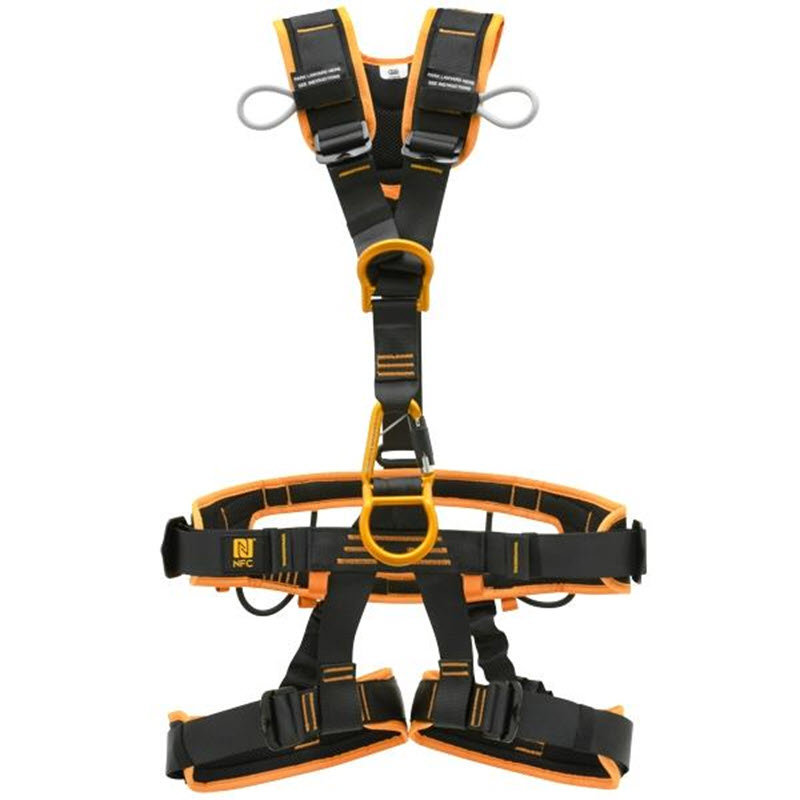Answer
Aug 01, 2023 - 01:01 PM
Kong manufactures to meet OSHA’s 1910 and 1926 definition.
OSHA doesn’t provide Harness manufacturing requirements specifically but in some standards they will refer to ANSI.
Body harness means straps that secure about the employee in a manner to distribute the fall arrest forces over at least the thighs, pelvis, waist, chest, and shoulders, with a means for attaching the harness to other components of a personal fall protection system.
https://www.osha.gov/laws-regs/regulations/standardnumber/1910/1910.140
Body harness means straps which may be secured about the employee in a manner that will distribute the fall arrest forces over at least the thighs, pelvis, waist, chest and shoulders with means for attaching it to other components of a personal fall arrest system.
https://www.osha.gov/laws-regs/regulations/standardnumber/1926/1926.500
Personal protective equipment is addressed in specific OSHA standards for general industry, maritime, and construction. OSHA requires that many categories of personal protective equipment meet or be equivalent to standards developed by the American National Standards Institute (ANSI).
Kong certifies the Harness to these European standards:
EN 358:2018 Applies to belts and lanyards intended for the purpose of work positioning or restraint.
EN 361:2002 Applies to Personal protective equipment against falls from height - Full body harnesses.
EN 12277:2015 + A1:2018 type A+C This European Standard specifies safety requirements and test methods for harnesses for use in mountaineering including climbing



